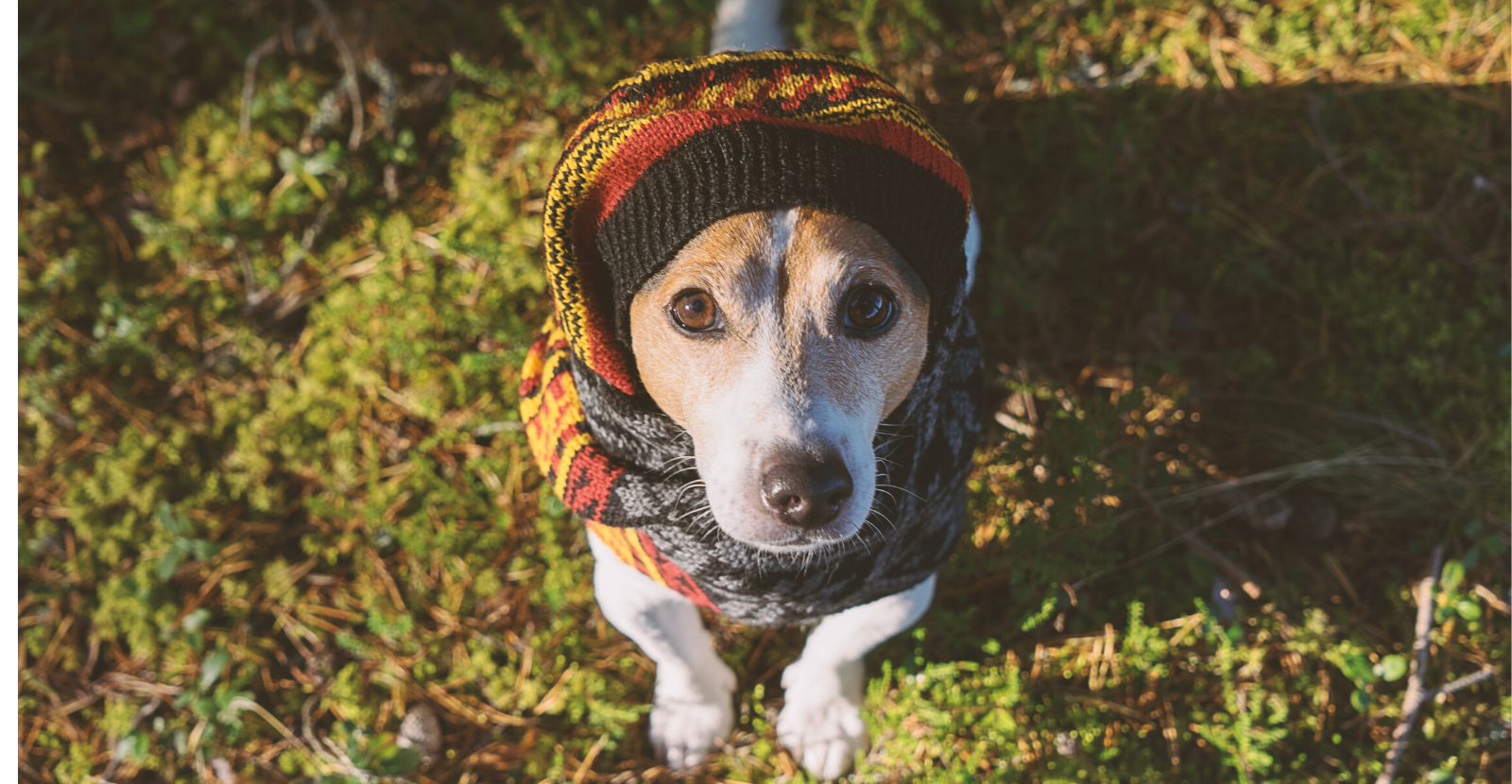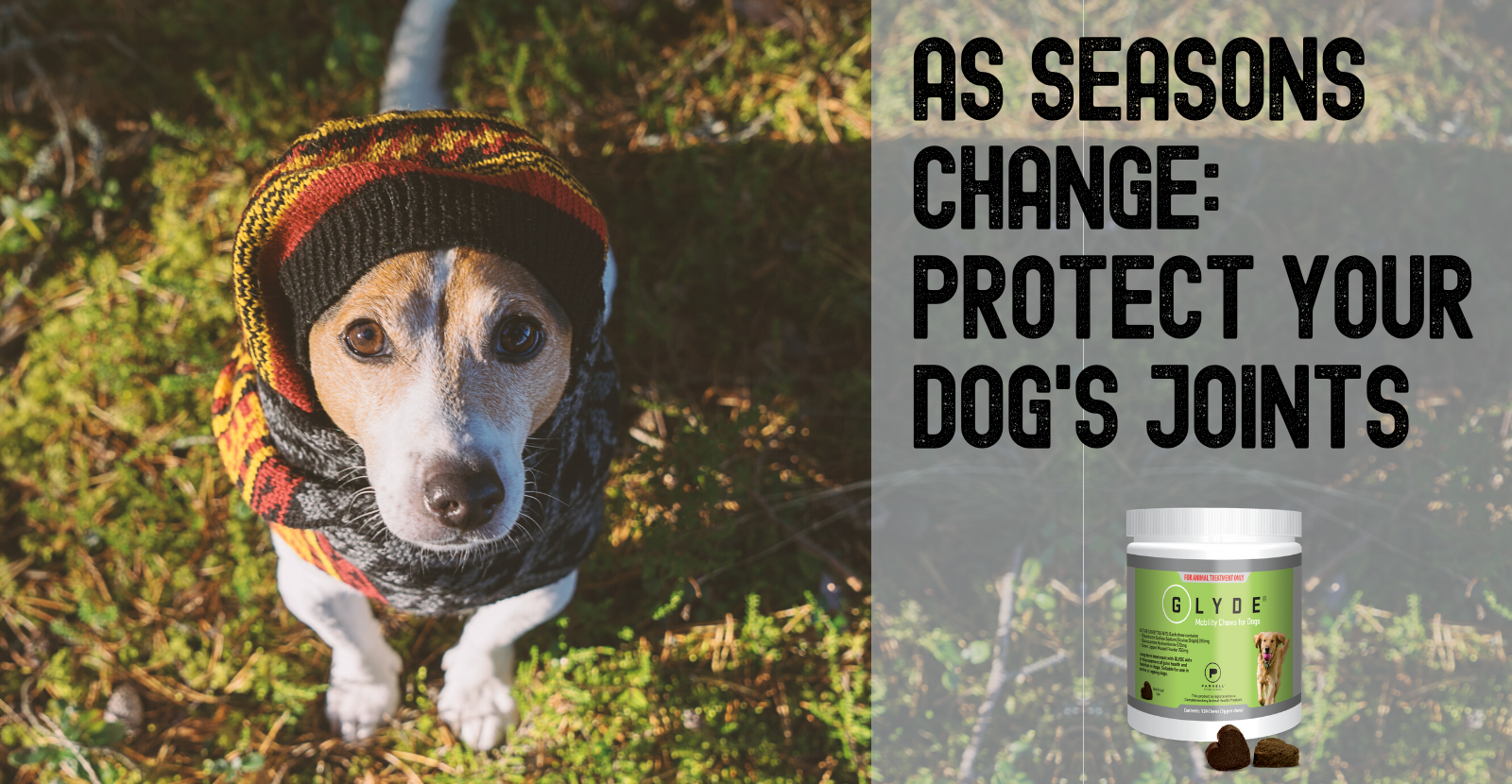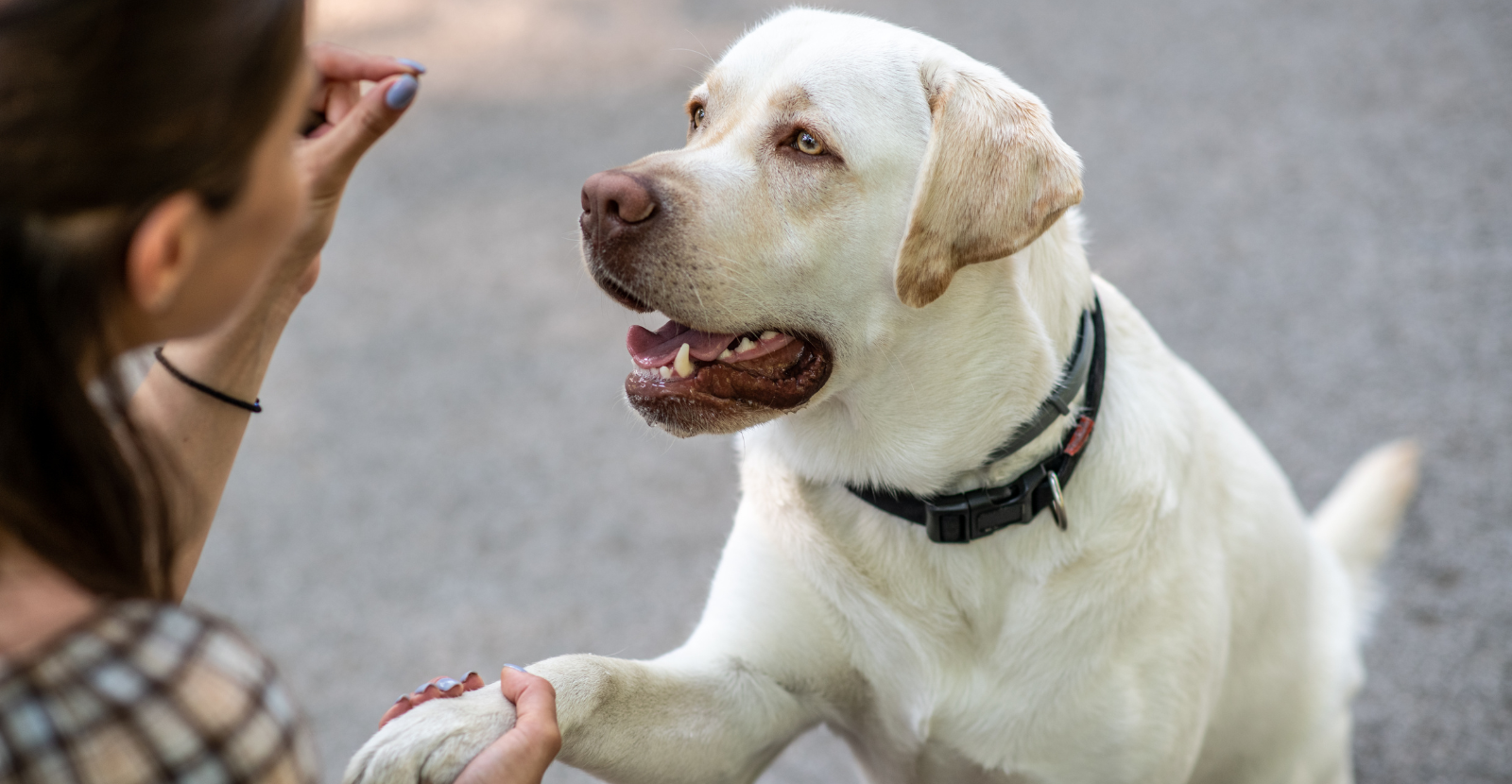Wintertime can be a very stressful time of the year for many all over the country. Between the stress of getting to work on icy roads and making sure our homes are weatherized, taking care of our pets to the best of our abilities can fall through the cracks.
As a rule of thumb, pets who normally stay outside should be given adequate shelter during the winter. Bringing our pets indoors is the best course of action, but if it is not possible, having a well-insulated and covered dog house is the next best thing. Regardless, if you are cold when standing outside, your pet is as well. Here are a few tips about combating the trials of winter with our canines by our sides.
Foot Protection
When you go outside, it is imperative to have foot protection for your dog. In areas that get snow and ice, salt is put down to keep it at bay and keep people from falling on sidewalks or slipping downstairs. While salt is a great tool, it is a hazardous thing for the dog’s health. Long exposure to it can cause irritation, rashes, and burns on our pets’ paws. Exposure to the cold even without the salt can cause issues in the paw pads: crackage, irritation, and even frostbite after long periods of time.
Having your pet wear boots is the best way to protect them from getting hurt from the ice, snow, and salt when you have to take them out to go potty or to play in. Your dog might not appreciate wearing boots but as any parent knows, we have to do what is best for the baby.
Types of Boots
- Rubber - best for one to two-time use, not insulated, water-resistant
- Silicone - water-resistant, not insulated
- Fleece Lined - insulated, water-resistant however hard to air out if it gets wet on the inside
Jackets
A jacket for your canine companion is the next best step to keep them warm and safe during the winter. However, certain breeds do not need a jacket due to their double coats. These breeds include Siberian Huskies, Alaskan Malamutes, Newfoundlands, Akitas, and many more that were developed to withstand freezing temperatures.
Depending on the kind of wintery weather you get, different jackets are available to combat the cold. Finding the best one for your pet can be a little daunting but follow these guidelines to help find the right one.
Dry Winters
- A windbreaker with insulation for below 45 degrees is best
Rainy Winters
- You will want to have a waterproof jacket that is insulated for temperatures that get below 45 degrees
- Ponchos with a fleece under coat are a good mix to help keep dry and warm
Snowy Winters
- Waterproof on the outside and insulated on the inside
- Puffy or sleek designs work
Jackets should also have reflective strips or designs on them for safety when out walking. Brighter colored clothing is also preferable because it will help you keep track or find your pet if they end up off leash. Hoods on coats are fancy, however they can restrict your pet’s field of vision, therefore their usefulness is mute.
Consumption
If you have ever watched a nature documentary, you might have seen how several animals (bears, squirrels, birds) eat a ton or stock up food for the oncoming winter months. Dogs are no exception to this natural reaction to the changing seasons.
In order to be warm and stay warm, our pets need to consume more calories than normal, especially during their growth phase. Feeding them a little bit more of kibble or treats throughout the day is a good way of getting more in them for the winter. Another way is to warm up some chicken broth to put their normal food in; not only are they getting the much-needed calories, they are getting warmth and a tasty treat they normally would not get. There are dog food brands that cater specifically to more calorie dense kibble for working dogs, taking a look into such foods for the winter months is worth the research. Consult your veterinarian if they have any tips about getting your companion enough calories while keeping them in a healthy weight range as well as addressing any food allergies or brands to steer clear of.
Some dogs like to eat the snow, which is fine unless they are staying outside for extended periods of time. Eating snow will lower their internal body temperature and your pup will experience hypothermia much more quickly if they are left outside.
This article was written by guest columnist, John Woods. John is the founder of All Things Dogs, a publication built to educate over 40,000,000 dog owners on how to care for their dogs.















